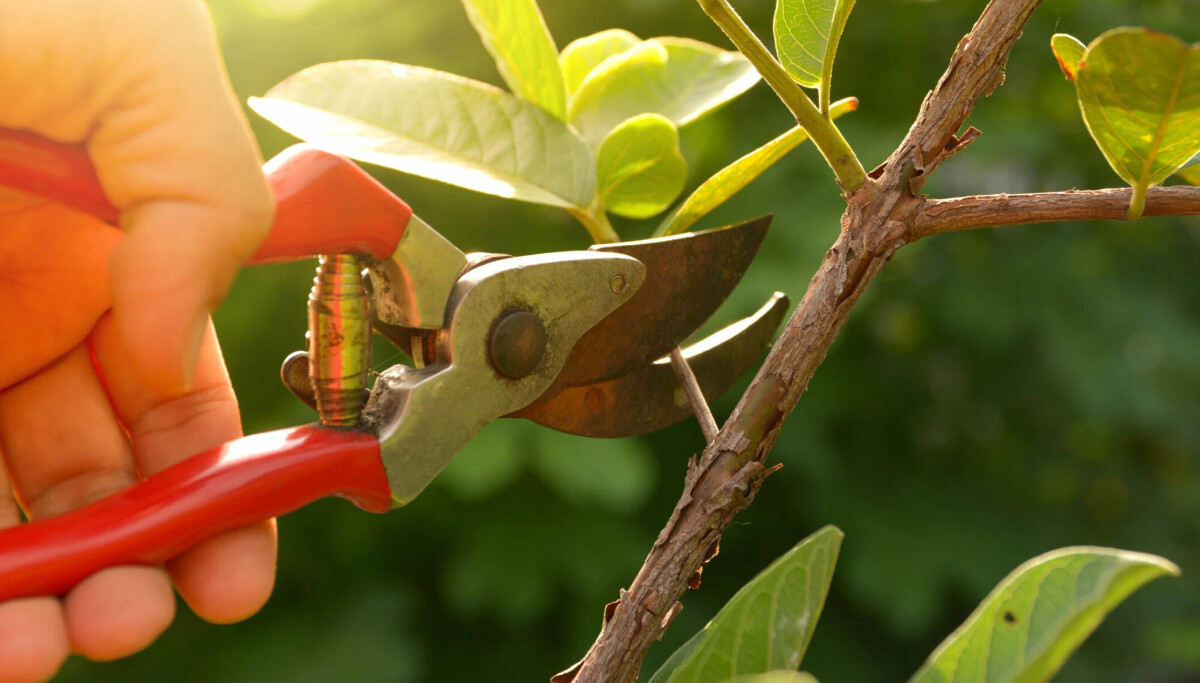Pruning is a crucial practice for maintaining the health and aesthetics of your trees. Understanding the best time to prune your trees can make a significant difference in their overall growth and vitality. This guide will walk you through the ideal seasons for pruning and provide tips for achieving healthier, more robust trees.
Why Pruning is Essential
Pruning involves removing specific parts of a tree, such as branches or roots, to improve its health, shape, and overall growth. Proper pruning helps to:
- Encourage Healthy Growth: By removing dead or diseased branches, you promote new growth and improve the tree’s structure.
- Improve Air Circulation and Sunlight Penetration: Proper pruning helps to ensure that sunlight reaches all parts of the tree and improves airflow, reducing the risk of fungal infections.
- Enhance Aesthetic Appeal: Regular pruning can help maintain the desired shape of the tree, making it an attractive addition to your landscape.
Seasonal Pruning Guide
Winter Pruning
Advantages of Winter Pruning:
- Dormancy: During winter, many trees are in a dormant state, making it an ideal time for pruning without causing stress.
- Better Visibility: Without leaves, the tree’s structure is more visible, allowing for more precise cuts.
Best Types of Trees to Prune in Winter:
- Deciduous trees like oak, maple, and birch.
- Trees with any winter-related diseases that need addressing.
Spring Pruning
Benefits of Spring Pruning:
- Encourages New Growth: Pruning in early spring before the tree fully awakens can stimulate new growth.
- Reduced Risk of Disease: The risk of infection is lower as trees are just beginning to leaf out.
Timing and Tree Types Suitable for Spring:
- Prune spring-flowering trees after they have bloomed to avoid cutting off buds that will produce flowers.
- Trees like apple, cherry, and plum benefit from spring pruning.
Summer Pruning
When and Why to Prune in Summer:
- Control Growth: Summer pruning can help control the size and shape of the tree.
- Remove Suckers and Water Sprouts: Pruning during the growing season can eliminate unwanted growth and improve the tree’s appearance.
Trees that Benefit from Summer Pruning:
- Fruit trees, such as peaches and plums, which can benefit from thinning out to improve fruit quality.
Fall Pruning
Fall Pruning Tips and Benefits:
- Preparation for Winter: Pruning in the fall can help prepare the tree for the winter months by removing dead or damaged branches.
- Avoid Heavy Pruning: It’s essential to avoid heavy pruning in the fall as it can stimulate new growth that might not harden off before winter.
Considerations for Pruning in Fall:
- Focus on removing dead or diseased branches rather than major structural changes.
Common Mistakes to Avoid
- Over-Pruning: Removing too much of the tree can lead to stress and reduced health. Aim for a balanced approach.
- Incorrect Timing: Pruning at the wrong time can interfere with the tree’s natural growth cycle, affecting its health and blooming.
Tips for Effective Pruning
- Use the Right Tools: Sharp, clean pruning shears or saws are essential for making clean cuts and preventing damage.
- Follow Proper Techniques: Make cuts at the correct angles and avoid leaving stubs, which can lead to disease.
- Consult a Professional: For large or complex trees, it’s often best to seek the expertise of a certified arborist.
Conclusion
Pruning your trees at the right time of year can significantly enhance their health and appearance. By following this seasonal guide, you can ensure that your trees remain vigorous and beautiful throughout the year. Remember to use the proper techniques and tools, and don’t hesitate to seek professional advice when needed.
For more gardening tips and advice, visit Grandma Gardens.

